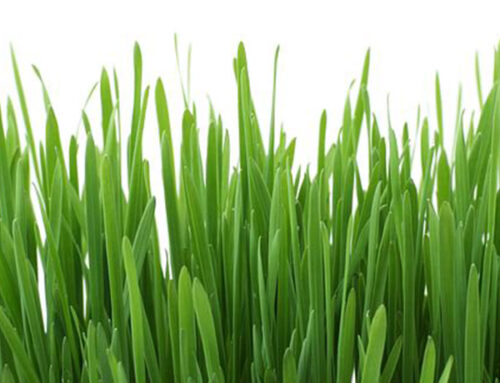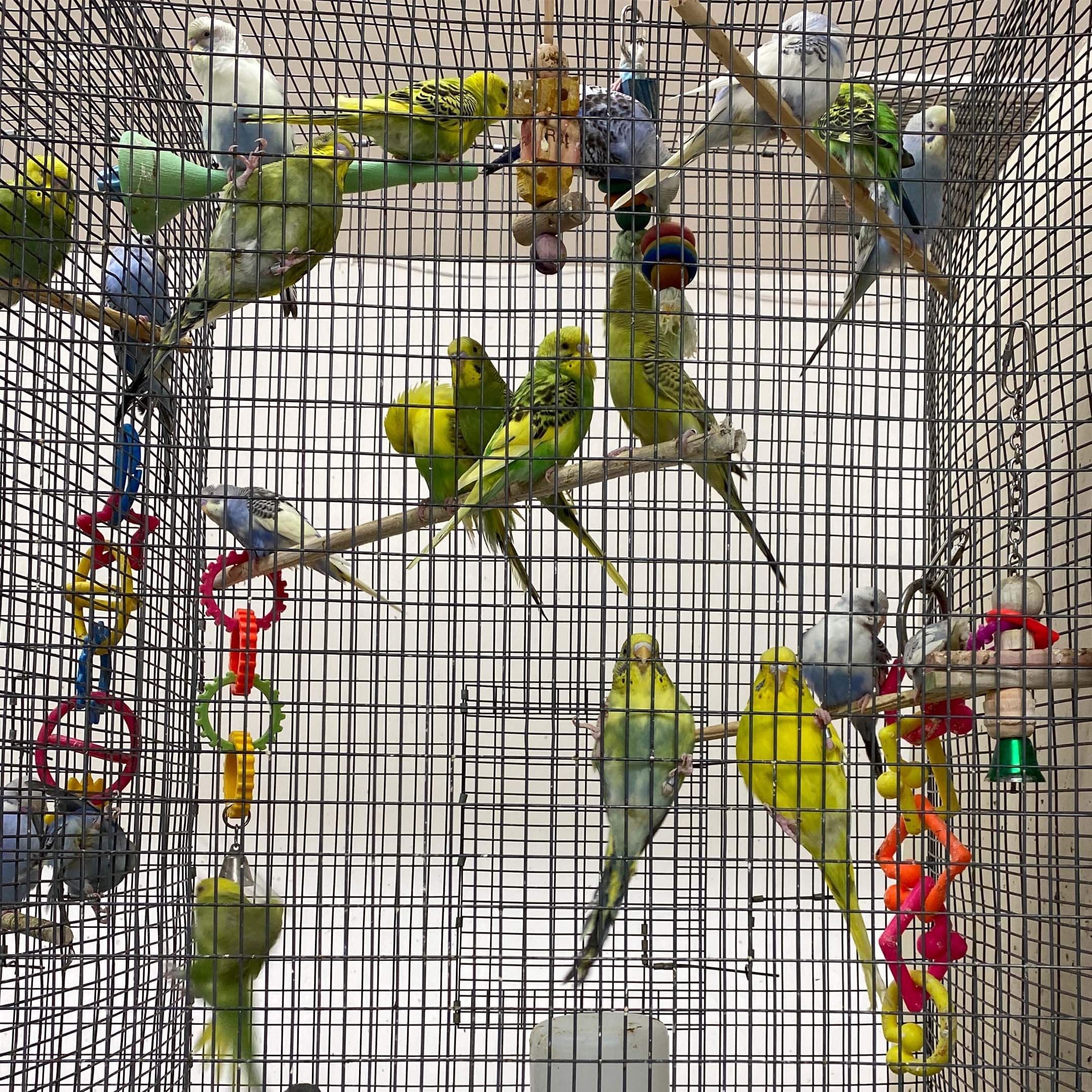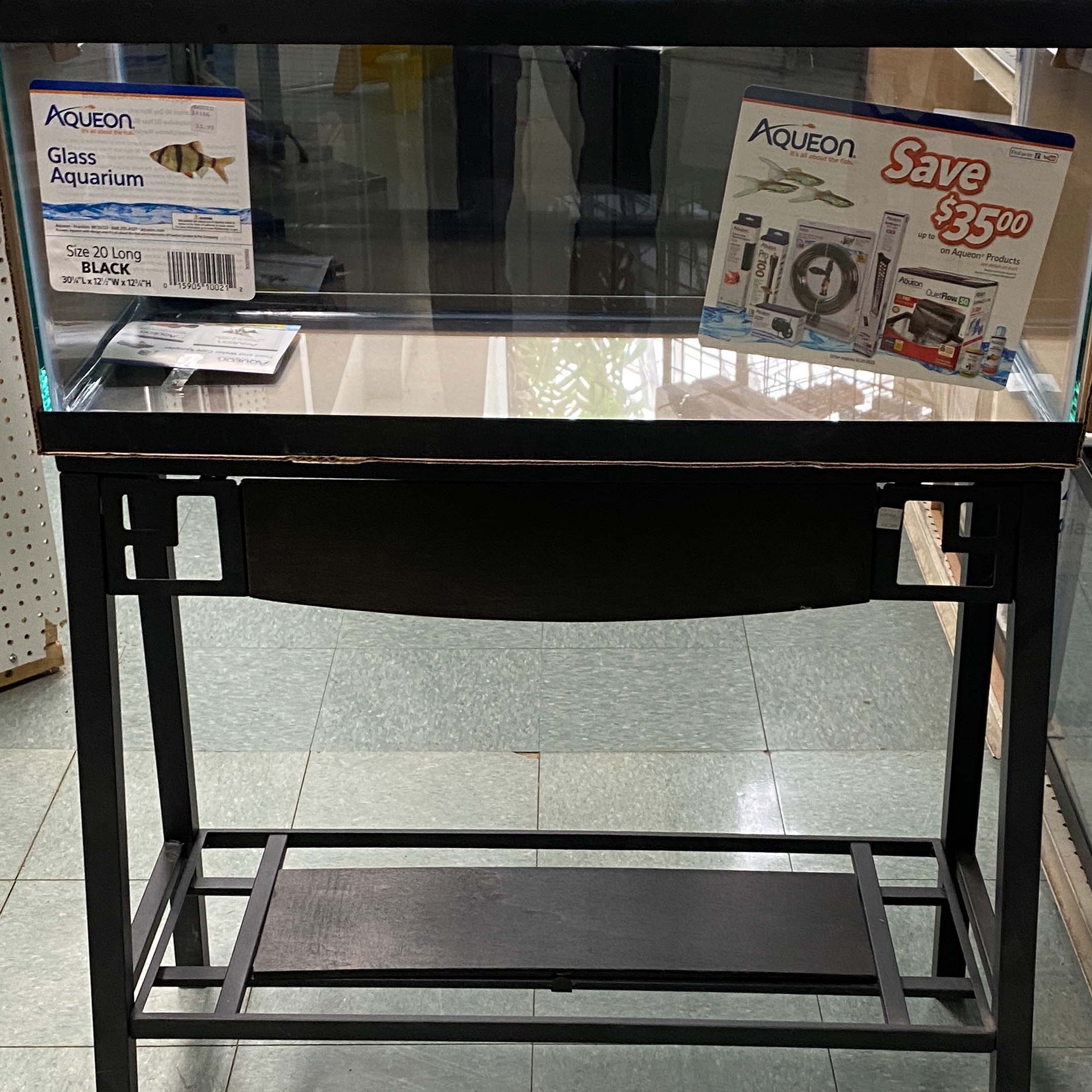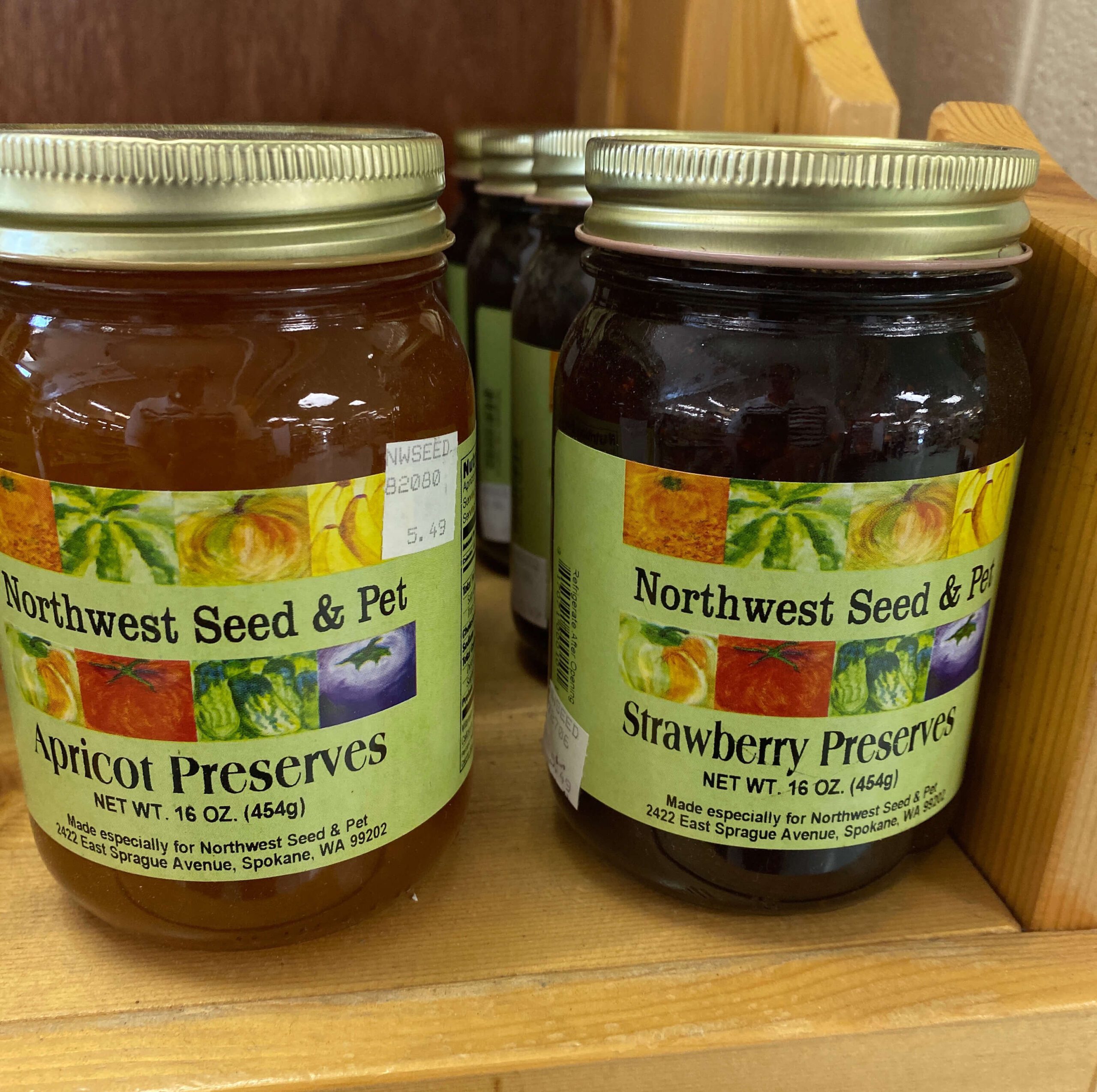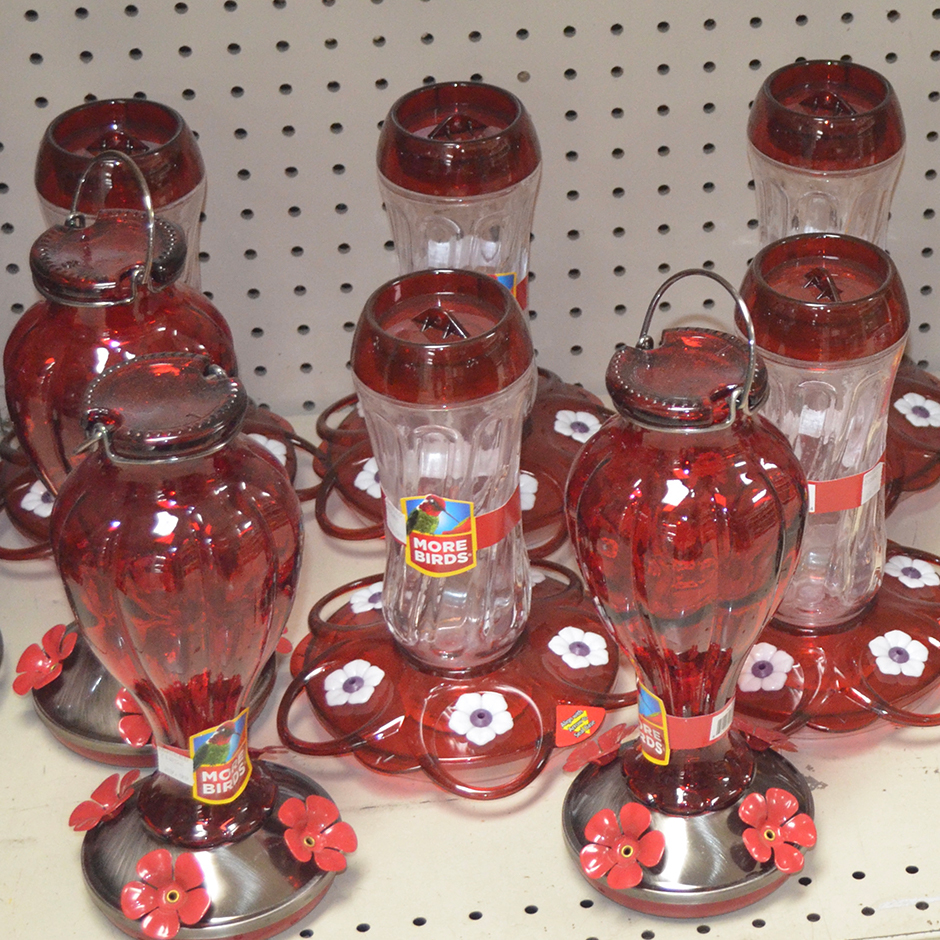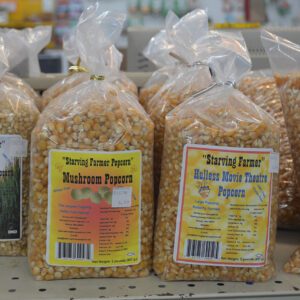12 Tips for a Better Lawn
IMPROVE THE SOIL
1.) Don’t apply lime (unless your soil tests acidic)
- In areas with heavy rainfall, minerals tend to be leached out of the soil. If you live in one of these areas then you would want to lime your lawn once a year.
- When: September – October.
- With what: Lilly/Miller® Soil Sweet (dolomite lime with magnesium, 40 lbs. covers 1,000 sq. ft.) or Super Sweet (granular lime, 25 lbs. covers 2,000 sq. ft.)
- Why: Sweetens acidic soil; gets the full value out of your fertilizer investment; helps prevent moss invasion; improves water drainage through clay soil.
2.) Aerate
- When: Once a year in March or September.
- With what: Core-aerator that removes thin, cigar shaped plugs.
- Why: Improves drainage; helps prevent diseases; makes more air spaces for healthy root growth so lawn gets thicker.
3.) Fertilize
- In the spring, turf needs N for top-growth. In the fall, turf needs enough N to store energy for spring green-up plus lots of K for root growth. Low-maintenance lawns can be fertilized twice a year. High-maintenance lawns should be fertilized four to five times a year.
- When: Half from September – November, and half from April – June.
- With what: Spring: High N fertilizer like Lilly/Miller® Super Rich High Performance Lawn Food 26-3-5. Fall: High K fertilizer with a 3-1-2 ration of N-P-K, like Lilly/Miller® Super Rich Fall & Winter Care 14-4-8.
- Why: Thickens lawn so moss and weeds can’t invade; promotes deep rooting so lawns look good in summer with less water; helps prevent red thread disease.
4.) “Grasscycle” grass clippings
- Clippings provide 1/3 of yearly N needs. Clippings don’t contribute to thatch build-up — that’s caused by dead roots and stems. Set mower to cut to 2 inches. Mow when the lawn reaches 3 inches — then cut away 1 inch.
- When: March – September.
- With what: Mulching mower, or bagging mower with side-discharge chute installed.
- Why: Keeps yard waste out of landfill; saves money on fertilizer; mowing goes faster without bags to empty.
THICKEN THIN TURF
5.) Dethatch if thatch is more than ½-inch thick
- When: April – May, followed with fertilizer application to stimulate rapid recovery.
- With what: Power equipment = vertical mower; Hand tool = thatching rake.
- Why: Healthier turf (roots in soil, not in fast drying thatch layer); better water infiltration; firmer surface to walk or play on. But don’t dethatch if not needed — it can weaken the turf.
6.) Water deeply and infrequently
- Lawns usually suffer from over-watering rather than under-watering. Don’t keep soil saturated or the roots will suffer. Water early morning, just before sunrise. Don’t water again until you can see your footprints after walking across the lawn. Lawns need about 1 inch of water per week — turn on sprinklers just once or twice a week, not every day.
- When: June – August.
- Why: By letting water sink deep, the lawn will develop deeper roots and won’t need watering as often. Lawns watered in summer don’t go dormant, and dandelions and other weeds can’t get a foothold. By not over-watering, you’ll save money on water bills and prevent diseases and annual bluegrass that thrive when the soil is saturated.
7.) Overseed and repair bare spots
- When: May or early September (best). Can over-seed right after aerating — little holes are ideal homes for grass seed.
- With what: Lilly/Miller® Grass Back.
- Why: Makes the lawn prettier and thicker; prevents weeds from getting started.
8.) Prune overhanging branches
- A heavy canopy of branches blocks too much sun, causing grass to thin out and die. Pines and other conifers drop resinous needles that inhibit grass growth. Prune off the lower branches of trees up to a height of 10 feet. Hire a professional to thin tree canopies to let in even more light. Thinning trees and shrubs improves air movement which helps water evaporate.
- When: February – March, before trees leaf out.
- Why: More sunlight; better air flow; less moss (in lawns and on roofs); thicker lawn; and more colorful flowers.
GET RID OF ALIEN INVADERS
9.) Get rid of moss
- Moss grows where grass can’t — compacted soil, nutrient-poor soil, acidic soil, shady spots, wet spots. The best defense is aeration, lime, fertilizer, wind and sun. Iron — a mineral grass needs to stay green — kills moss.
- When: February – March.
- With what: Lilly/Miller® Moss-Out Lawn Granules or Moss-Out liquid concentrate, or Lilly/Miller® Super Lawn Food with Moss Control 15-3-6 — all contain iron.
- Why: Makes lawn prettier, and safer to walk and play on.
10.) Control cranefly larvae
- Grub-like larvae feed on blades of grass and can kill large patches of lawn in spring before the grass has greened up. They hatch out in September but don’t do any serious damage to the turf until about 1 inch long, sometime around March or April. Treat only if there are more than 25 larvae per sq. ft.
- When: March – April.
- With what: Lilly/Miller® Dursban granules.
- Why: Prevents dead or bare spots from appearing in the lawn.
11.) Prevent annual grassy weeds
- Annual bluegrass, crabgrass, foxtail, and barnyard grass are annuals — prevent with pre-emergence weed killer like Team®. (Tall fescue, velvetgrass, quackgrass are perennials — spot-spray them with Roundup®.) Annual bluegrass is hard to control: It germinates all year long, can live more than one year, thrives in over-irrigated lawns, and likes a lot of P (so don’t use high-phosphorus fertilizer).
- When: March, or when forsythias start to bloom.
- With what: Lilly/Miller® Ultragreen Crabgrass Control & Lawn Food 21-3-6 with Team®, or other products containing a pre-emergence grass killer.
- Why: Makes lawn thicker, prettier, and nicer to walk on in bare feet.
12.) Get rid of broadleaf weeds
- A thick lawn cut tall enough to shade and cool the soil will prevent weed seeds from sprouting. The best defense against weeds is to aerate then over-seed, wait a week, and then fertilize.
- When: September – October is the best time, but April is OK.
- With what: Lilly/Miller® Lawn Weed Killer “spot spray” or Lilly/Miller® Super Rich Feed & Weed 15-2-4 with Trimec®.
- Why: Makes a lawn more attractive; reduces risk of bee stings.



